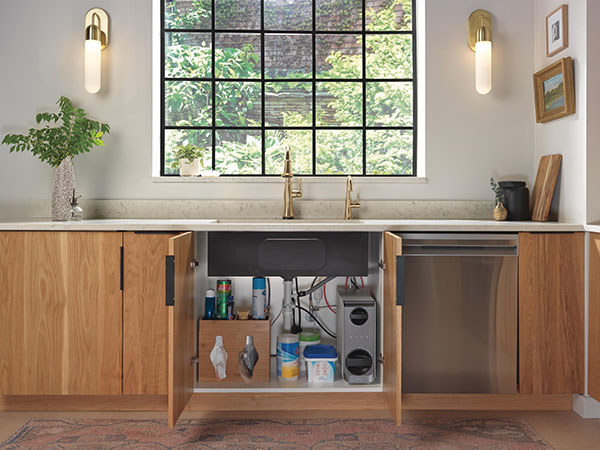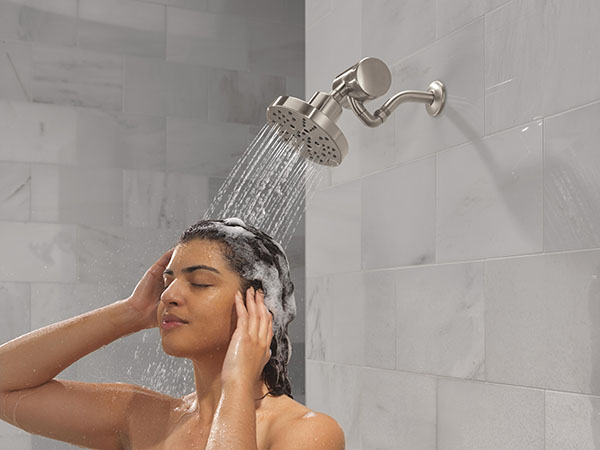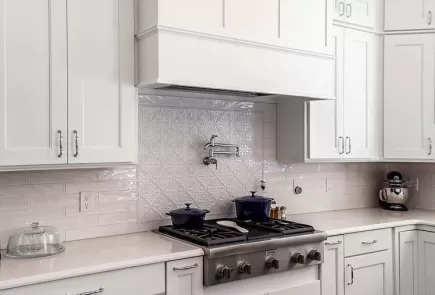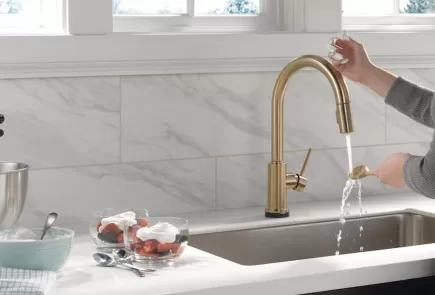To find the right water filtration system for your home, start by figuring out what’s important to you and your family.
Water Filtration Considerations to Keep in Mind
Water Quality: Are you worried about potentially harmful health-related contaminants? Do you have concerns about how your water tastes and/or smells? Is filtered water only needed for drinking and cooking, or do you want cleaner water for showering/bathing as well? Answers to these questions will help you determine what type of water filtration product you need and where to install it.
Lifestyle: Would you prefer a water filtration system that’s hidden from view (e.g., installed under the counter), or is it okay to be visible (e.g., a countertop system)? How often are you willing to change the water filter? How many people will be using filtered water? Thinking through these issues will help narrow your water filtration options and determine what water filtration capacity you need.
Timing and Budget: How quickly do you need a water filtration solution, and how much are you willing and able to spend? Some filtered water solutions are relatively quick, easy and inexpensive to implement, while others (e.g., whole-house water filtration systems) require more planning and investment. In addition to upfront product and installation costs, be sure to consider the cost, frequency and ease of water filter replacement as well as any bottled water savings.
Evaluating Water Filtration Products
There are so many water filtration products on the market, it can be overwhelming. To help evaluate your options, look for third-party certification of industry standards and compare key water filtration product specifications.
Water Filtration Industry Standards & Independent Lab Testing
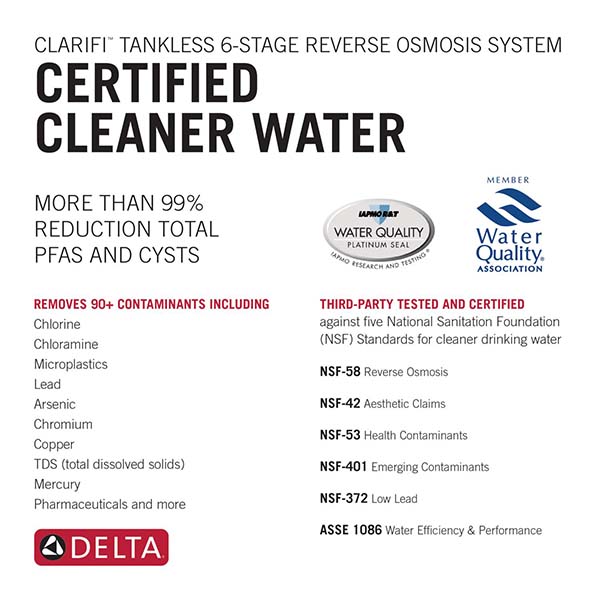
Water filtration industry standards are developed to ensure products meet specific performance requirements, and independent labs test products to confirm they meet those standards. Why is that important? It provides independent, third-party verification that the water filtration product is effective, so you can have confidence in your purchase.
For water filtration products, the National Sanitation Foundation (NSF), a global leader in developing standards that help protect human health, sets the testing standards. NSF, the Water Quality Association (WQA) and The International Association of Plumbing & Mechanical Officials (IAPMO) are independent organizations that test and certify filtration products to NSF standards.
Water filtration products that are tested and meet NSF standards are certified to reduce various types of contaminants, including:
- NSF-42: Non-health related contaminants, including aesthetic impurities that impact taste and/or odor (e.g., chlorine)
- NSF-53: Contaminants that may impact health, including volatile organic compounds (VOCs) and PFAS (commonly known as “forever chemicals”)
- NSF-58: Contaminants that are reduced through reverse osmosis, including total dissolved solids (TDS) such as calcium and magnesium, and other optional contaminants (e.g., various chemicals and cyst)
- NSF-372: Lead content
- NSF-401: Emerging contaminants that aren’t yet regulated by the EPA (e.g., BPA, DEET and ibuprofen)
- NSF-P231: Contaminants removed by microbiological water purifiers, including bacteria, virus and cyst
Water filtration product specifications and/or performance data sheets should include details about which NSF standards the product has been tested and certified to meet.
As you research water filtration products, you may also find references to the IAPMO R&T Water Quality Platinum Seal and WQA Gold Seal from the Water Quality Association. These are third-party certifications from accredited plumbing industry associations, indicating that the product has been independently tested to remove certain contaminants.
Water Filtration Product Performance & Maintenance Specifications
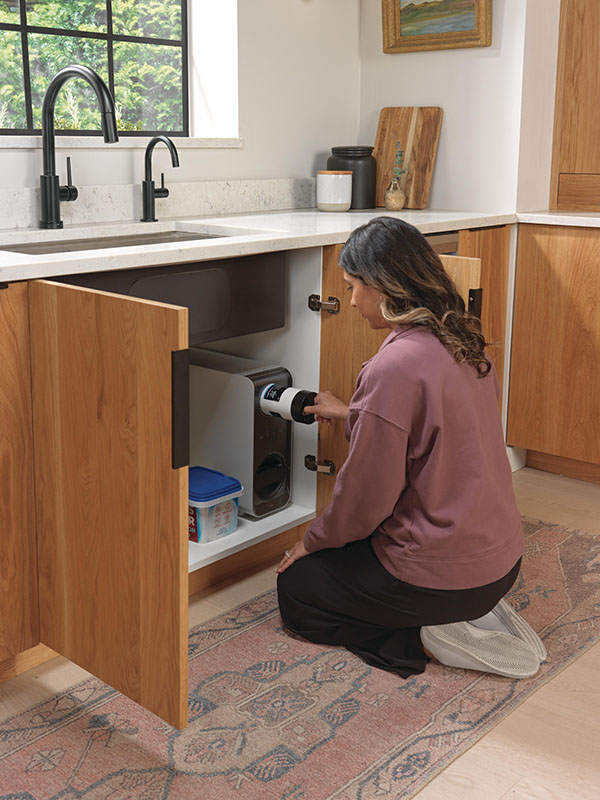
Water filtration product specifications help determine if a model will meet your needs and let you make direct comparisons between different water filtration solutions. A few attributes you may want to consider include:
- Filtered Water Flow Rate: How long it takes to dispense filter water, typically measured in gallons per minute (gpm)
- Filtered Water Storage: The amount of purified water the system can hold (e.g., a pitcher will hold several cups of filtered water, whereas a tankless under counter RO system will provide an unlimited supply of filtered water)
- Water Filter Capacity: The amount of water the system can filter before it needs to be replaced
- Water Filter Life: How long the filter will typically last before it needs to be replaced
Depending on your needs and preferences, you may opt for a single water filtration system or a combination of different filtered water options to deliver the desired water quality (e.g., a tankless under sink Reverse Osmosis water filtration system in the kitchen and a shower filter in the primary bathroom). No matter what you choose, you’ll be taking a step toward having cleaner water for you and your family every day.
 Ver innovaciones
Ver innovaciones Inspírese
Inspírese Ver experiencias de diseño
Ver experiencias de diseño Encuentre piezas e identifique sus productos
Encuentre piezas e identifique sus productos Centro de ayuda
Centro de ayuda Registrar su producto
Registrar su producto Más información sobre los productos recertificados de Delta
Más información sobre los productos recertificados de Delta
























